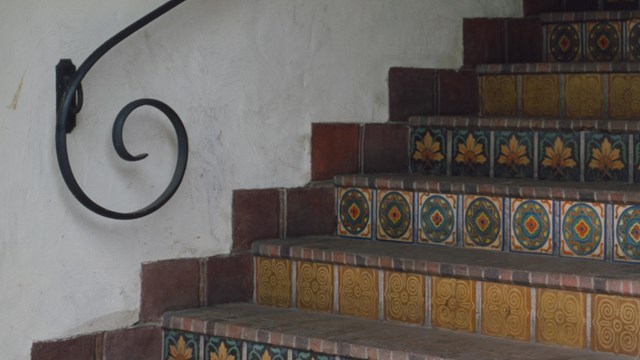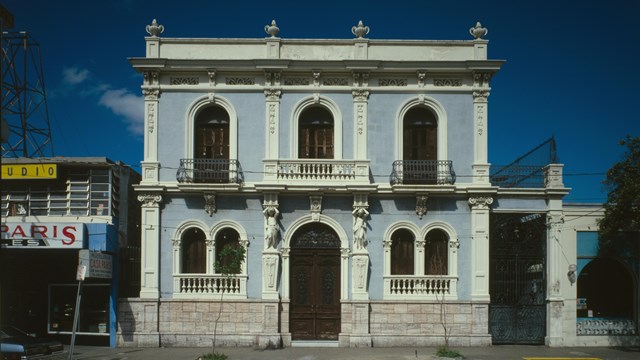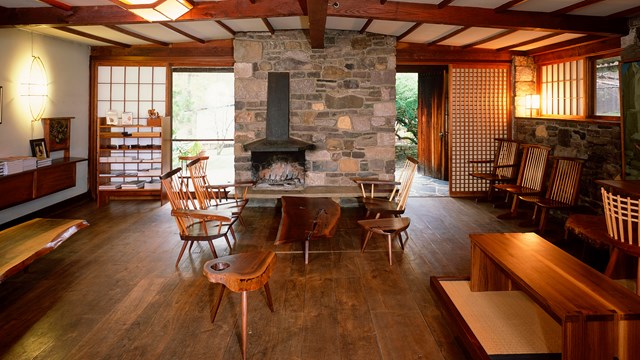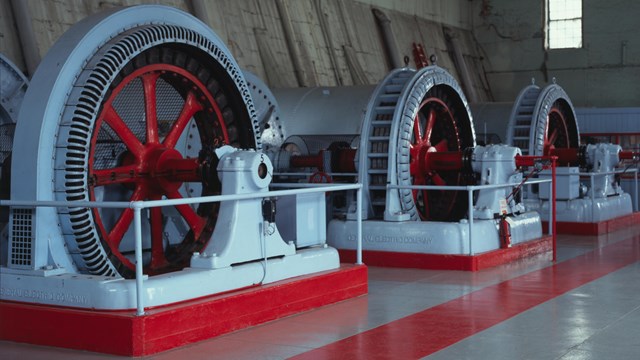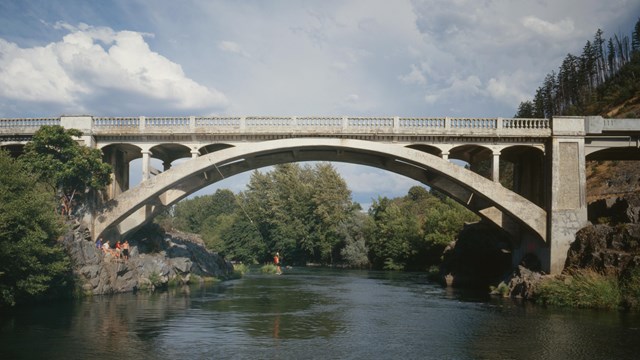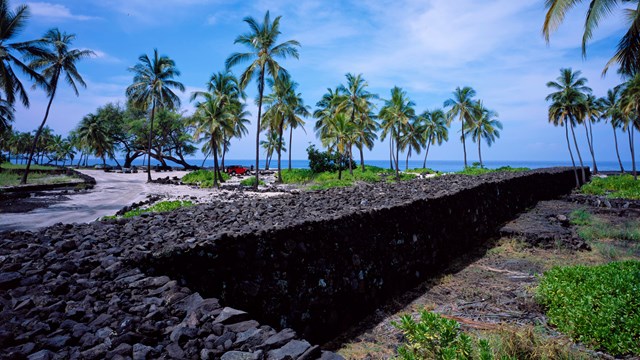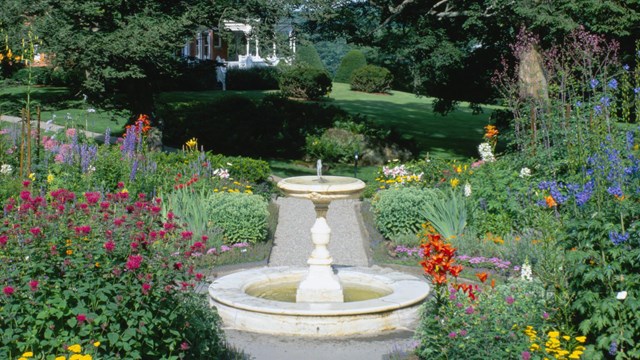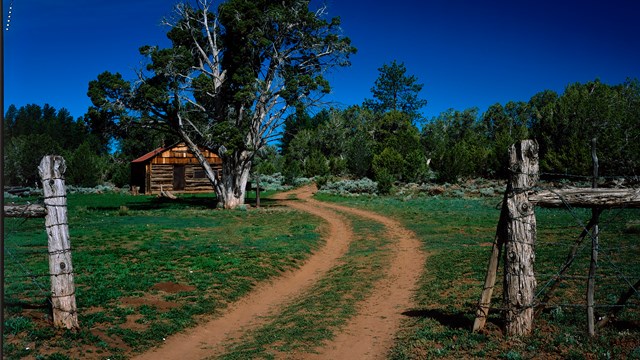Documenting America's Built Environment
The Heritage Documentation Programs (HDP) consist of the Historic American Buildings Survey (HABS), Historic American Engineering Record (HAER), and Historic American Landscapes Survey (HALS). The programs document historic sites and structures across the United States through the creation of measured drawings, large-format photographs, and historical reports. Documentation is archived in the HABS/HAER/HALS Collection at the Library of Congress and is available to the public without restriction. HDP is part of the National Park Service’s Cultural Resources, Partnerships, and Science Directorate.

